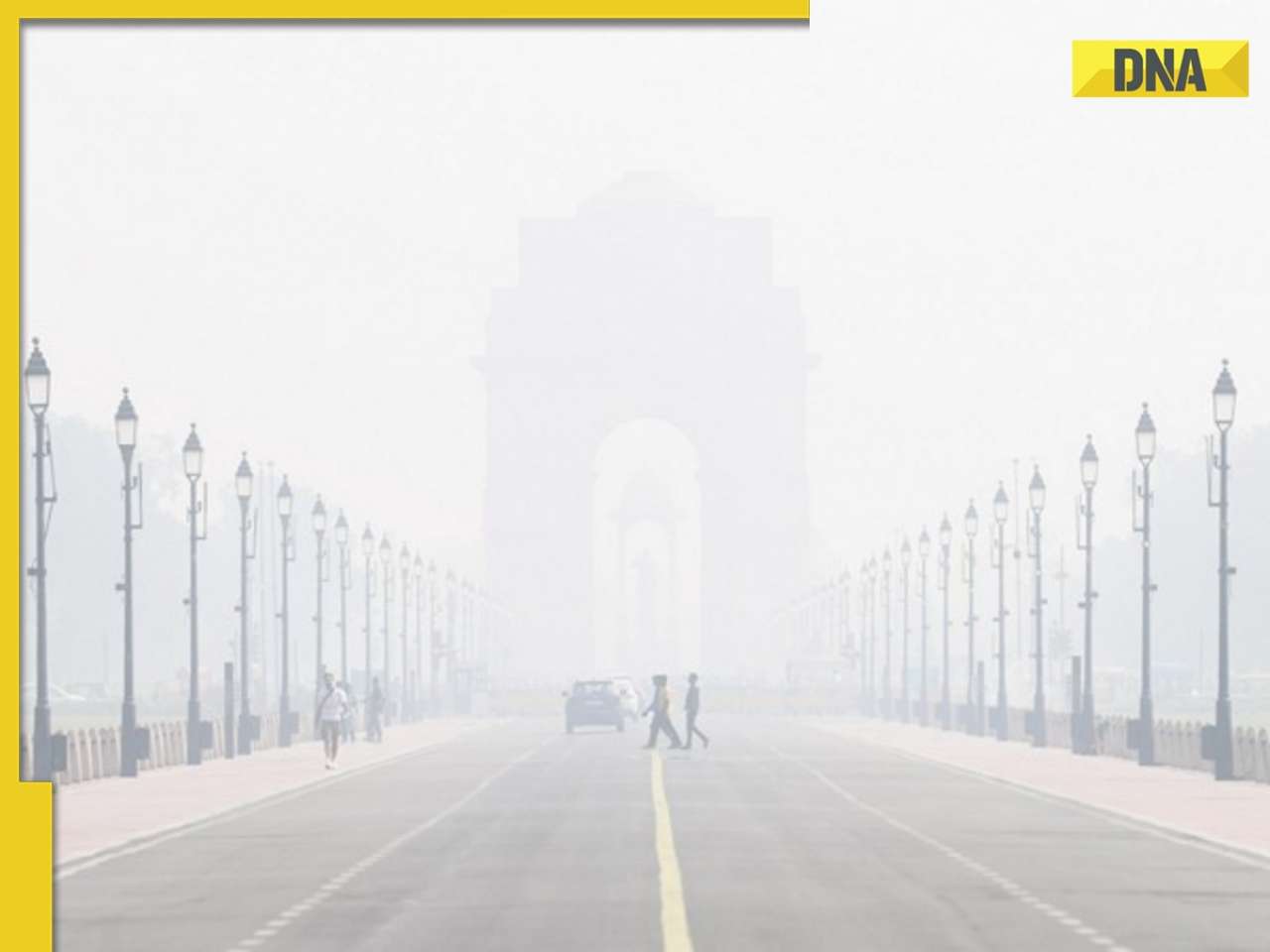- LATEST
- WEBSTORY
- TRENDING
SCIENCE
DNA Explainer: What is the 'doomsday glacier' in Antarctica? Know why scientists are sounding grave warnings
The Thwaites Glacier is not being dubbed the doomsday glacier by scientists as the melting of its ice can have serious consequences for the planet.
TRENDING NOW
The melting of glaciers in Antarctica, though worrisome, is not an unheard-of phenomenon in the era of climate change. There are many repercussions of melting glaciers, but one specific glacier can cause a ‘doomsday’ for several reasons.
As per a recent study, the Thwaites Glacier of Antarctica is under an immense amount of stress since the rate of ice melting from its surface has raised an alarm of concern for scientists. Though the rate of ice melting remains fast, it is likely to get more rapid in the coming years, scientists have warned.
The Thwaites Glacier, due to the drastic repercussions of its melting ice, has now been dubbed the ‘doomsday glacier’ in Antarctica. According to a new study, the glacier is hanging on by its fingernails, and here is why.
Why is Thwaites Glacier being called ‘doomsday glacier’?
The Thwaites Glacier has always been remarkable due to its massive size, which is almost as big as the US state of Florida. The doomsday glacier has been melting at an alarming rate for the past few years, which can lead to drastic climate change effects.
This glacier has been pumping a massive hoard of 50 billion tones of ice into the ocean for several years, but its rapid melting is expected to raise the global sea level by a significant amount, which can submerge a lot of coastal areas.
Climate change has already led to the rise of the global sea level, and the British Antarctic Survey states that the doomsday glacier contributes to 4 percent of the global sea level rise. The massive glacier, as stated by scientists, is hanging by its fingernails.
According to CNN news reports, the Thwaites Glacier has been eroding along its underwater base, which means that the massive Spain-sized is breaking off from below at an alarming rate, much faster than what scientists had anticipated.
As quoted by CNN, marine geophysicist Robert Larter said, “Thwaites is really holding on today by its fingernails, and we should expect to see big changes over small timescales in the future — even from one year to the next — once the glacier retreats beyond a shallow ridge in its bed.”
If the Thwaites Glacier breaks away from its base due to the rapid melting of ice, it could lead to a massive rise in sea levels, causing a “doomsday” effect for many coastal areas.
READ | Pakistan floods explained: Scorching summer, melting glaciers behind ‘monsoon on steroids’







)
)
)
)
)
)
)
)
)
)
)
)
)
)
)
)

























































